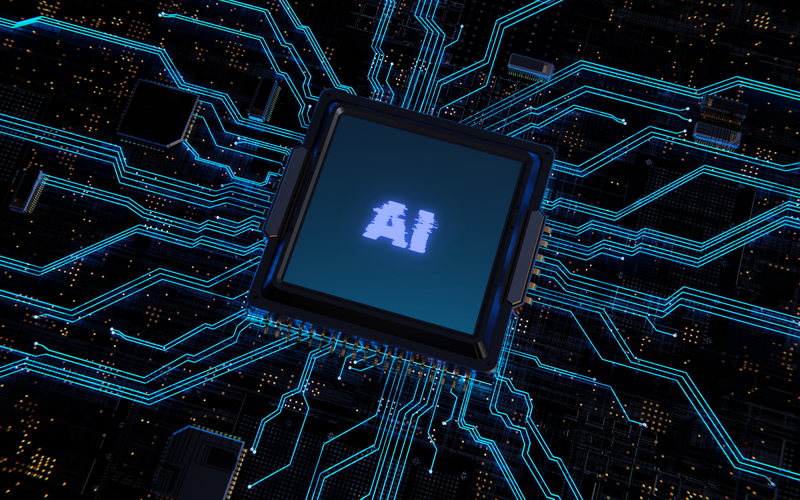
In an era where digital content can be as deceptive as it is compelling, distinguishing between what’s real and what’s fabricated has become a paramount concern. Intel and McAfee have embarked on a groundbreaking collaboration to address this issue. They’re developing AI-powered tools designed to detect deepfake technology, a feat that represents a significant step forward in digital security.

Deepfake technology uses advanced AI and machine learning to create hyper-realistic videos and audio recordings. These can be so convincing that they’re often indistinguishable from genuine recordings.
This technology, although fascinating, poses serious risks, including misinformation and identity theft. Recognizing these threats, Intel and McAfee have pooled their expertise to innovate solutions that bolster cybersecurity defenses against deepfakes.
The core of the collaboration between McAfee and Intel revolves around leveraging artificial intelligence to fight fire with fire. The detection tools they are developing employ deep learning algorithms to analyze videos and audio for signs that they have been manipulated. These tools examine various elements such as facial expressions, lip movement, and voice patterns that are typically inconsistent in fabricated content.
The technology scrutinizes each frame of a video, looking for subtle inconsistencies that are usually invisible to the human eye. For instance, slight discrepancies in lighting or unnatural movements can be tell-tale signs of a deepfake. By automating this analysis, McAfee and Intel’s solution offers a swift and effective means to ensure the authenticity of digital media.
The development of deepfake detection technologies is not just a boon for security; it’s also transformative for the IT job market. AI is the future of the IT job market, with demand surging for professionals skilled in AI, machine learning, and cybersecurity. This technology push is creating new job roles and requiring current IT professionals to upskill, ensuring they stay relevant in an evolving digital landscape.
One of the standout features of the McAfee-Intel collaboration is the integration of their deepfake detection tools with existing security systems. This seamless integration enhances the ability of organizations to protect their data and digital assets without needing to overhaul their current security infrastructure. By adding a layer of protection, companies can more confidently navigate the digital domain.
Beyond just detecting deepfakes, the efforts of McAfee and Intel are setting new standards for what’s possible in digital verification technologies. As top technologies evolve, so too does the ability to manipulate digital content.
Therefore, the ongoing development of robust detection tools is crucial for maintaining trust in digital media. This collaboration not only highlights the potential of AI in cybersecurity but also its critical role in shaping a secure digital future.
The partnership between McAfee and Intel is a beacon of progress in the fight against digital deception. By harnessing AI to detect deepfakes, they are paving the way for safer digital environments.
As these technologies become more sophisticated, we can expect a significant reduction in the risks associated with digital content manipulation. We encourage you to stay informed about these developments as they will increasingly influence both the security landscape and the broader digital economy.